I had very little idea of what Queens would look like before this internship began. Actually, it’s more that I had a very incorrect idea. I had pored through past interns’ blogs to find what few pictures of QECH they had posted, but what I saw (zoomed-out pictures of the main building at Queens) in no way prepared me for the sprawling expanse of the hospital and its wards. It would be a herculean task to photograph all of QECH, so I settled for photographing one ward: the Delivery Suite.
The first thing you see upon entering the grounds of Queens is the main Accidents and Emergencies (A&E) building, which is the emergency room for adult patients [1]. However, let’s say you’re an expecting mother going into labour. In your case, you would probably head directly to the Maternity Ward [2]. Walking through the halls of the hospital [3], you would go through swinging double doors and into the Delivery Suite [4].
1. The Main Building
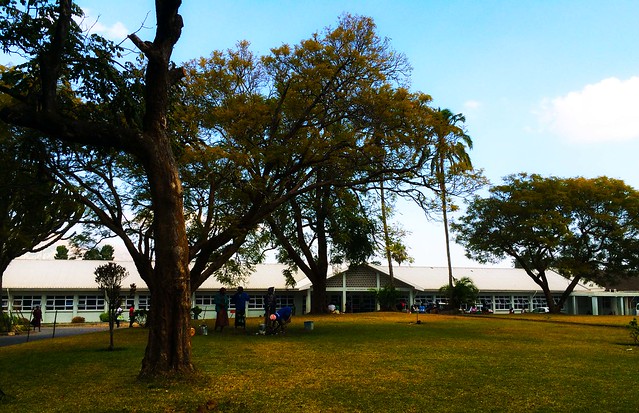
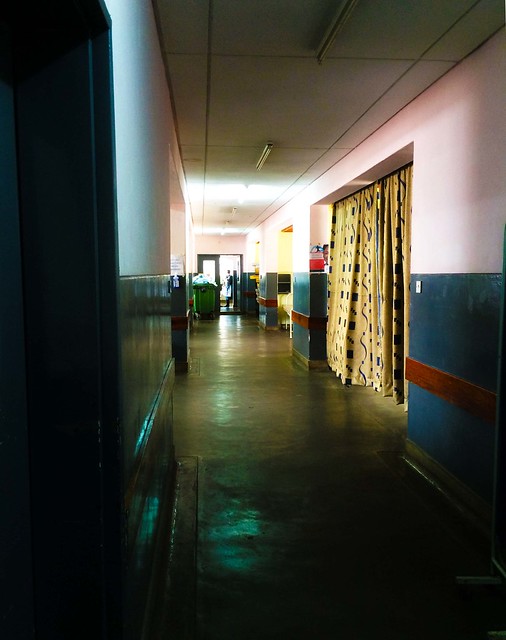 |
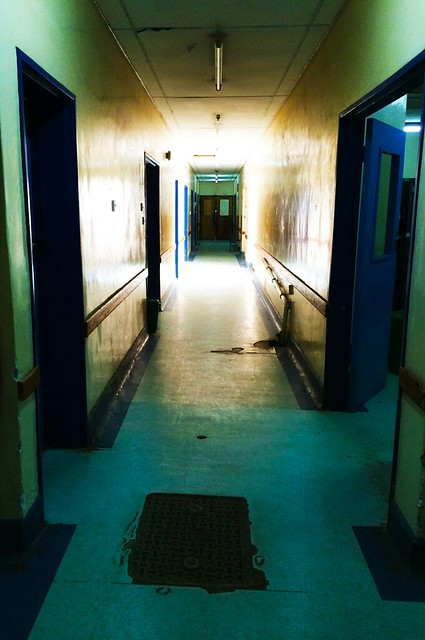 |
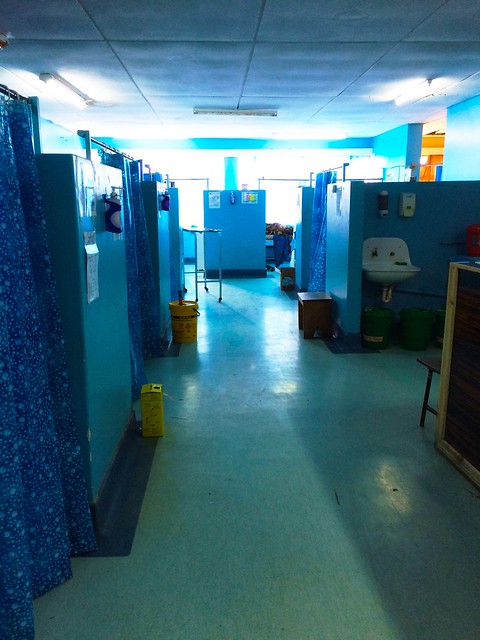 |
Once in the ward, you would be admitted to one of the bays [5] on either the non-paying or paying side. If your condition were shaky, you would be placed in a bay on the blue high-risk side of the ward [6]. Your charts would be put together, including your admission information and health passport. These charts would then be placed by your bay [7] (or in one of the new holders that Karen and I recently installed in the ward [8]).
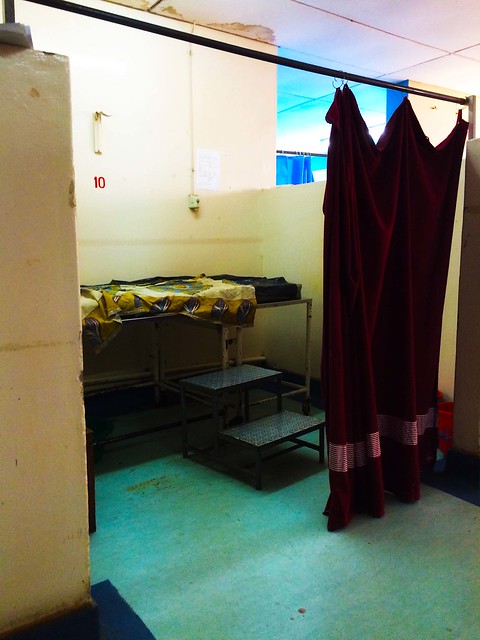 |
 |
 |
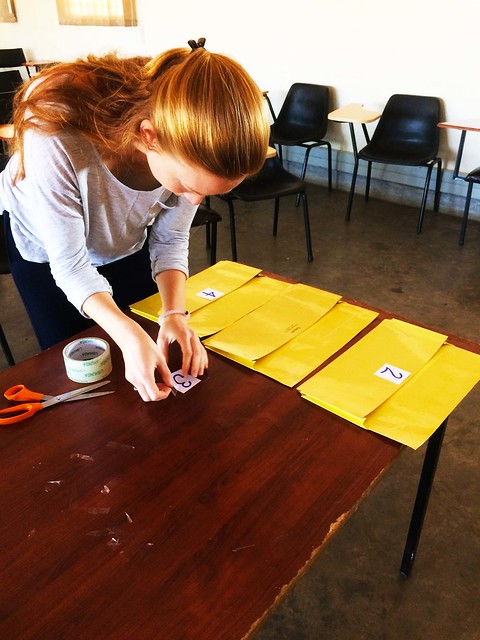 |
In the event that you were having complications or needed additional care, the tireless nurses would come out from their nurses station [9] to attend to you. Running back and forth between the bay and the stocks of medical supplies [10], the nurses would administer any necessary drugs and dispose of their used supplies in the strategically placed buckets in the ward [11]. They would then wash their hands in the sinks inside the patient bays [12].
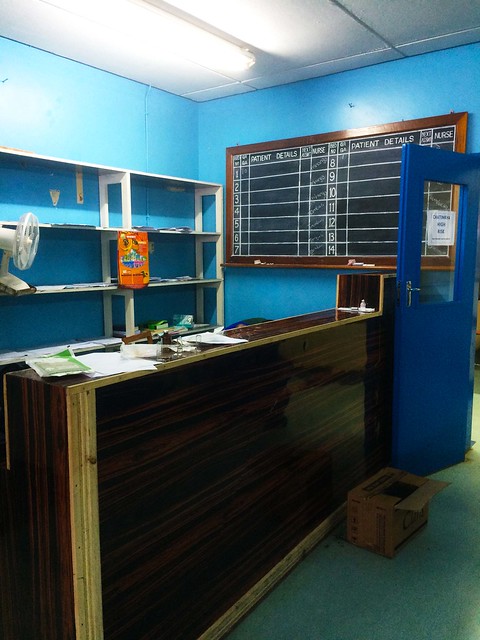 |
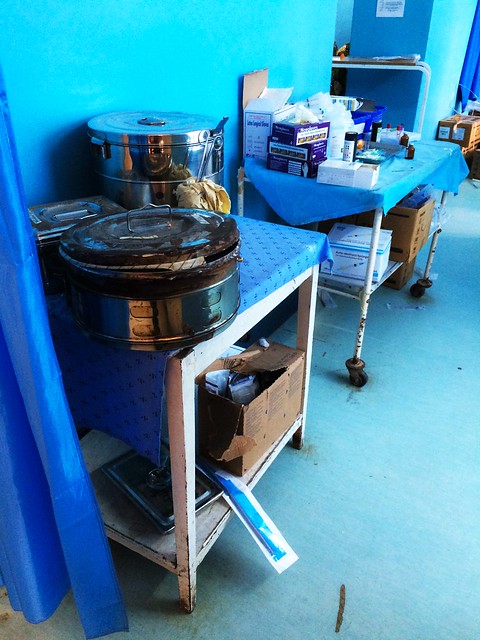 |
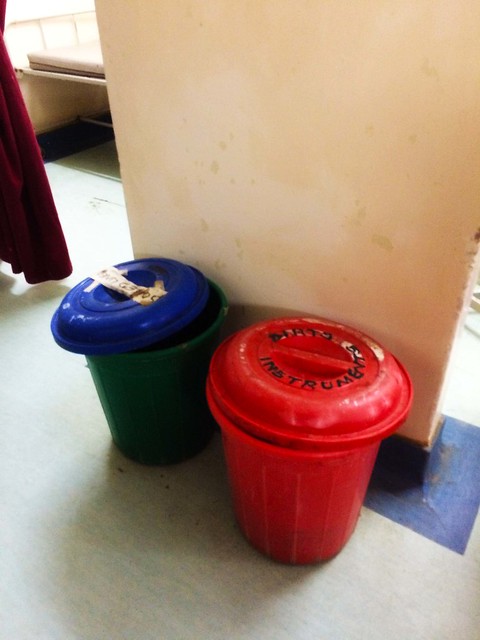 |
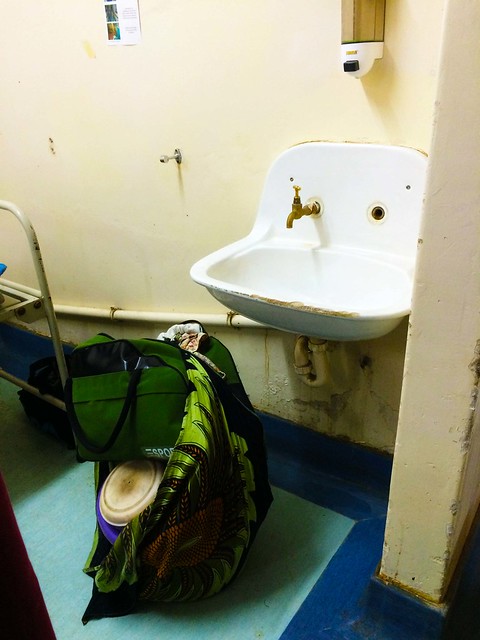 |
Once you deliver your baby either in the ward or via C-Section in the operating theatre (we can skip the gritty details), your baby may be placed under the radiant warmer to ward off hypothermia while the nurses care for you [13]. The baby would then be delivered to Chatinkha nursery and placed on CPAP, supplemental oxygen, or in a heater as the situation demands [14]. The sheets and blankets would be washed and dried in preparation for the next patient [15], and your delivery would be recorded on the tracking board [16].
 |
 |
 |
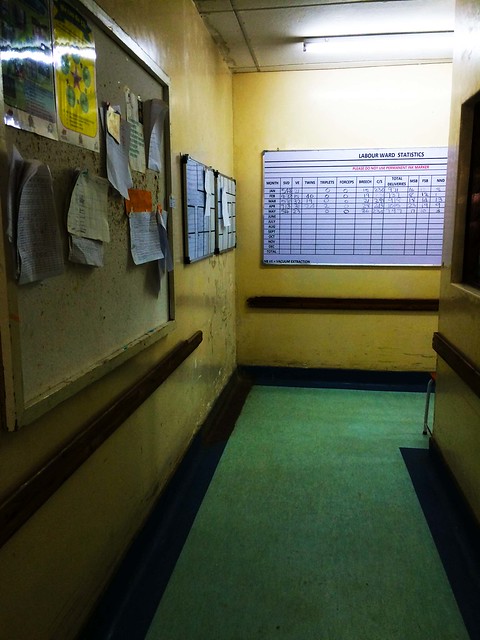 |
Every day at Queens, this process is repeated numerous times. At one point when we were in the Delivery Suite, 5 mothers were scheduled for C-Sections while another 3 were going into labour within the span of one hour. Moreover, all 8 of these mothers were pre-eclamptic. The caseload is enormous and complex, but the staff at QECH do an incredible job of handling these cases, and they are constantly looking for ways to reduce both maternal and neonatal mortality.